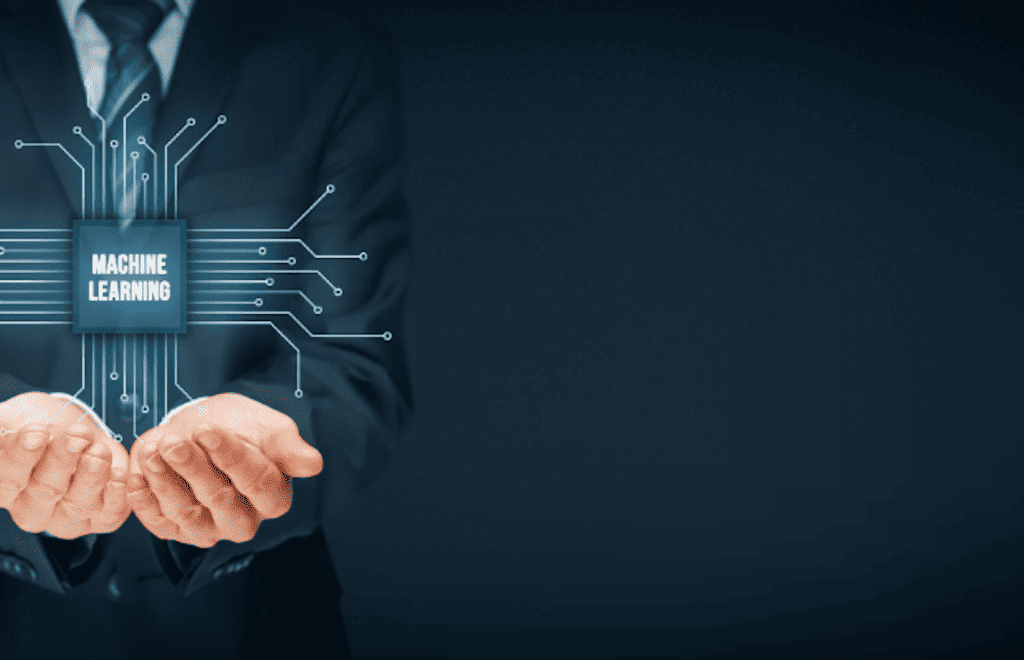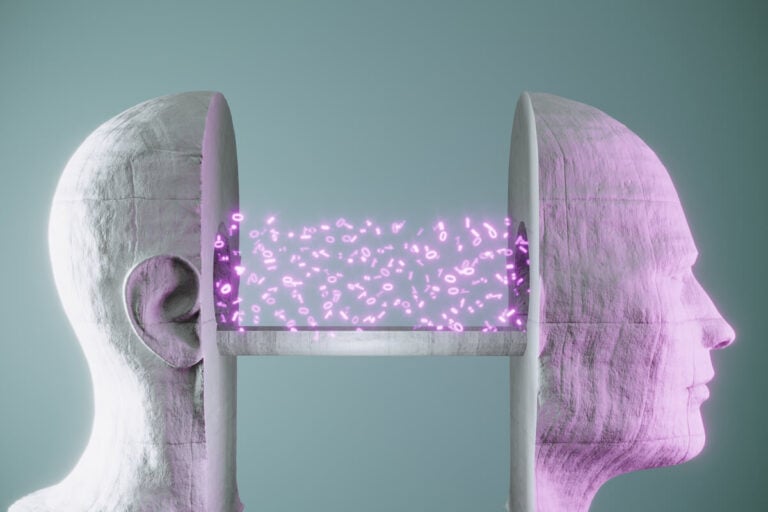Accuracy is crucial for success in machine learning, but how do developers measure it? Several mathematical testing methods can reveal how accurate a machine learning model is and what types of predictions it is struggling with.
Table of Contents
ToggleMachine Learning Model Basics: Accuracy and Precision
The foundation of machine learning accuracy is the confusion matrix. This chart is simply a visualization of four types of results:
- False positives
- False negatives
- True positives
- True negatives
The confusion matrix is used to compare the predictions of a machine-learning model with reality. True positives and true negatives are predictions that match reality, while false negatives and false positives are incorrect predictions.
A basic measure of accuracy is the ratio of true positives and true negatives to false positives and false negatives. An accurate machine learning model will make mostly true predictions.
Precision is a similar metric that tells developers how many positive predictions are true positives. This metric is a ratio of the true positives to the sum of true positives and false positives. A highly accurate model will have both high precision and high accuracy.
Basic accuracy and precision are good metrics to start with when testing the overall accuracy of any machine learning model. To determine accuracy and precision, machine learning developers need to have confirmed accurate data to compare their model’s predictions to.
So, it is a good idea to set aside some polished training data to use specifically for the testing phase. Clean up and analyze this data for accuracy but don’t show it to the model until it is time for testing. This way, there is a confirmed accurate set of true positives and true negatives to compare the model’s predictions to.
Digging Deeper: Recall, F1 Score, and Curves
Accuracy and precision ratios are a quick and easy way to get an idea of a model’s accuracy, but developers may want to use more in-depth testing methods. These are especially helpful when the basic accuracy and precision ratios reveal that a model isn’t returning accurate predictions consistently.
The many hyperparameters involved in building a machine learning model, such as various layers and weights, are a large part of why making an accurate model is challenging. Using a more detailed testing method can reveal where exactly things are going wrong, allowing accuracy to be improved more quickly.
Recall and F1 Score
Recall and F1 scores are more detailed mathematical representations of a machine learning model’s accuracy.
Recall tells the developer how often their model is delivering true positive predictions. If a model has a lot of false negatives, it will have a low recall score because it is missing a large number of predictions that are actually positive and mislabeling them as negative. Recall is calculated by dividing the total true positives by the sum of true positives plus false negatives.
If the developer wanted to know the rate of true negative predictions rather than true positives, they could use a similar equation known as specificity. To calculate the specificity of a machine learning algorithm, divide the total true negatives by the sum of true negatives plus false positives.
The F1 score takes things a step further by determining the average of precision and recall, which tells developers the overall consistency of true positive predictions. This equation essentially combines the precision and recall equations to show the overall rate of true positives, taking into account false negatives. A higher F1 score indicates a more accurate model.
PR and ROC Curves
Curves can show developers what types of predictions their model handles well or poorly. These graphs are also a helpful way to visualize a model’s accuracy.
Precision-recall, or PR, curves show precision and recall, displaying the relationship between true positives and predicted positives. Developers can plot separate curves for different predictive values, allowing them to see which types of values are more consistently getting true positive predictions.
Receiving operating characteristic curves, or ROC curves, display the relationship between false positives and true positives. This graph is similar to PR curves, but ROC curves are more useful for comparing multiple curves. Additionally, the area under the curve on an ROC curve serves as a general display of how accurate a model is. The goal is to get the area under the curve as high as possible, indicating higher accuracy.
How to Improve Machine Learning Model Accuracy
With several mathematical models for testing accuracy, how does one improve accuracy after testing? It can be notoriously difficult to tell what is causing a machine learning model to make incorrect predictions due to the black-box nature of AI, where developers cannot see how models make their predictions. Start by considering how accurate the model currently is and the potential consequences of that accuracy rating.
A commonly used example of this is a machine learning model that predicts whether patients have cancer or not. The consequences of a false negative are much more severe than those of a false positive. So, when improving the accuracy of this model, the developer would want to focus on reducing the false negative rate. Choosing a specific aspect of overall accuracy to concentrate on makes it easier and more efficient to improve accuracy.
With a goal like this in mind, developers can use a few tactics to improve accuracy. Giving the model more training data is always a good place to start. The model’s predictions are essentially based on an average of all the training data it sees. It could be that the data is not giving a complete enough picture for the model to give accurate results.
Similarly, take another look at how the model’s training data was treated. Outlier values may be throwing off the model’s understanding of the data as a whole. Feature engineering and parameter tuning can also be used to help clarify the relationships between data or make certain characteristics stand out more to the model, pointing the model’s logic in the right direction.
Building Accurate Machine Learning Models
Machine learning is becoming an increasingly valuable tool in nearly every aspect of daily life. It is critical for these algorithms to be accurate when people are consulting them for medical advice, cybersecurity, and more. The accuracy evaluation equations discussed here are the starting point for building more accurate and effective machine learning models.





